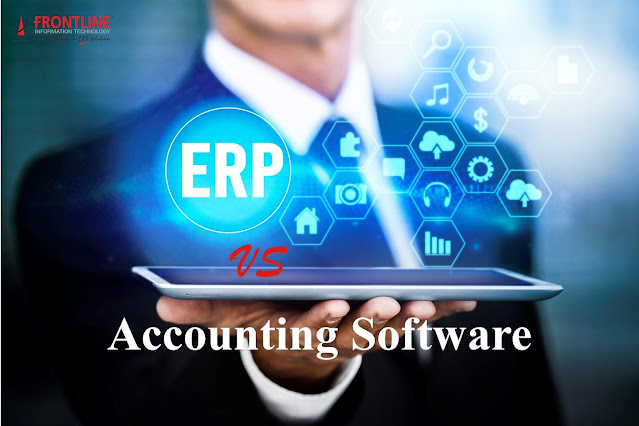The Future Within the ERP Industry
Unpredictable impacts of
the outbreak and the disruptions in the supply chains of the businesses are
causing a big change in the manufacturing industry worldwide. The Covid-19
outbreak, during which the currently used ERP systems are going through a test,
causes us to question the accuracy of the decisions that we have made in the
past. ERP systems are now at the center of all developments in the business
world.
Three
Different Scenarios of the Industry
In
unforeseen challenges like the ones we face now, one thing we know for sure is
that the way people work is changing. As an ERP business, we are seeing three
different scenarios for our customers. Firstly, there are factories deemed as
essential continue to soldier on but often with a much-reduced workforce meaning
many are incredibly busy. Businesses in food distribution or medical equipment,
for example, have had to rapidly adapt their businesses to deal with the demand
for the ‘new now.’ Little time is left to think about procedure or process everything
is going in to support the country. For many manufacturers, taking on temporary
staff has been essential to keep up. And to support this, additional ERP
software licenses have been required.
There
are also businesses at the other end of the spectrum who have seen a decline in
demand and have had to furlough staff as a result. There are also those in the
middle, who are taking the downtime to upgrade existing processes in order to
emerge stronger. Some manufacturers are taking this time to accelerate internal
projects using ERP software. Here, ERP software that can be installed and set
up remotely will be pivotal in putting those plans into action.
The
future within the ERP industry is certainly intriguing. Sectors such as
builders’ merchants and food manufacturing and distribution will be critical
for the recovery of the economy and are already starting to adapt their
business models. New contactless initiatives such as click and collect will
become increasingly necessary, as well as the growing use of mobile licenses so
that manufacturers can access business information wherever they are.
Manufacturers
Will Become Much More Vertical
One
of the top impacts of COVID-19 on enterprises is undoubtedly the realization of
how vulnerable supply chains can be. People have been surprised at what little
distance you need to go down the supply chain to go overseas. These supply
chains as we have witnessed are inevitably open to disruption, and
manufacturers will be keen to reduce this risk in the future.
As
we come out on the other side of COVID-19, I anticipate that manufacturers will
become much more vertical. A lot of people will be looking to invest in skills
and technology to be able to do much more of those processes onshore. Public
perceptions are also starting to alter, and consumers are beginning to realize
the value of spending a little extra in order to support, produce and
initiatives.
From an ERP perspective,
bringing manufacturing back onshore means better control. It means mix-mode
manufacturing including make to order, make to stock, make to demand, projects,
etc. Many manufacturers will need to have these capabilities within the
business.
Robots
and Cobots Will Be Major Players of the New Normal
The
whole world wants this situation to end as soon as possible. Right now,
everyone is wondering how long it will take for the virus to diminish and for
business to return to normal. What the new normal will look like after the
pandemic is still a matter of curiosity. The next 3-6 months will be
around how to drive efficiencies within the business. Technology when combined
with an effective ERP system will be a crucial enabler for this.
We
are already starting to see accelerated adoption of robots and cobots across
the factory floor. Many manufacturers are already beginning to realize the
benefits of robotics as a way of autonomously running their factories, without
the need for a complete human workforce. That being said, there are limitations
when it comes to robots, they need to be told exactly what to do and programmed
in order to do it. There is, therefore, an underlying need for a technology
backbone, for detailed planning, data capture, etc., to bring the benefits of
technology to life. This is where ERP comes in.
Striving
Towards Smarter Supply Chains
It
will not be wrong to say that all the investments and hard work that businesses
have put into their digital transformation in recent years, it really paid off.
Now is the time to better position the business for the new digital
normal, post-pandemic.
There
is now a real opportunity for technology such as automation to be brought to
the forefront, as manufacturers strive towards a smarter supply chain.
Tools
including AP invoicing, document management, and alternating workflows, are
becoming an increasingly popular topic of discussion amongst our customers.
Businesses are really starting to see the benefits of digital transformation in
terms of cost and time savings.
Ultimately,
the acceleration of technology will be driven by the availability of funds over
the coming months and years. After all, cash is king, especially at a time like
this. This means that more and more businesses are now in a position where they
can invest in digital transformation.




Comments
Post a Comment